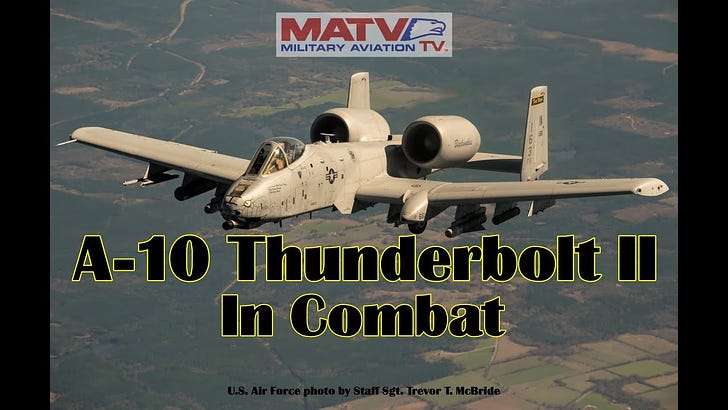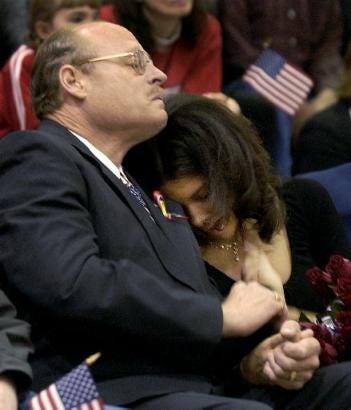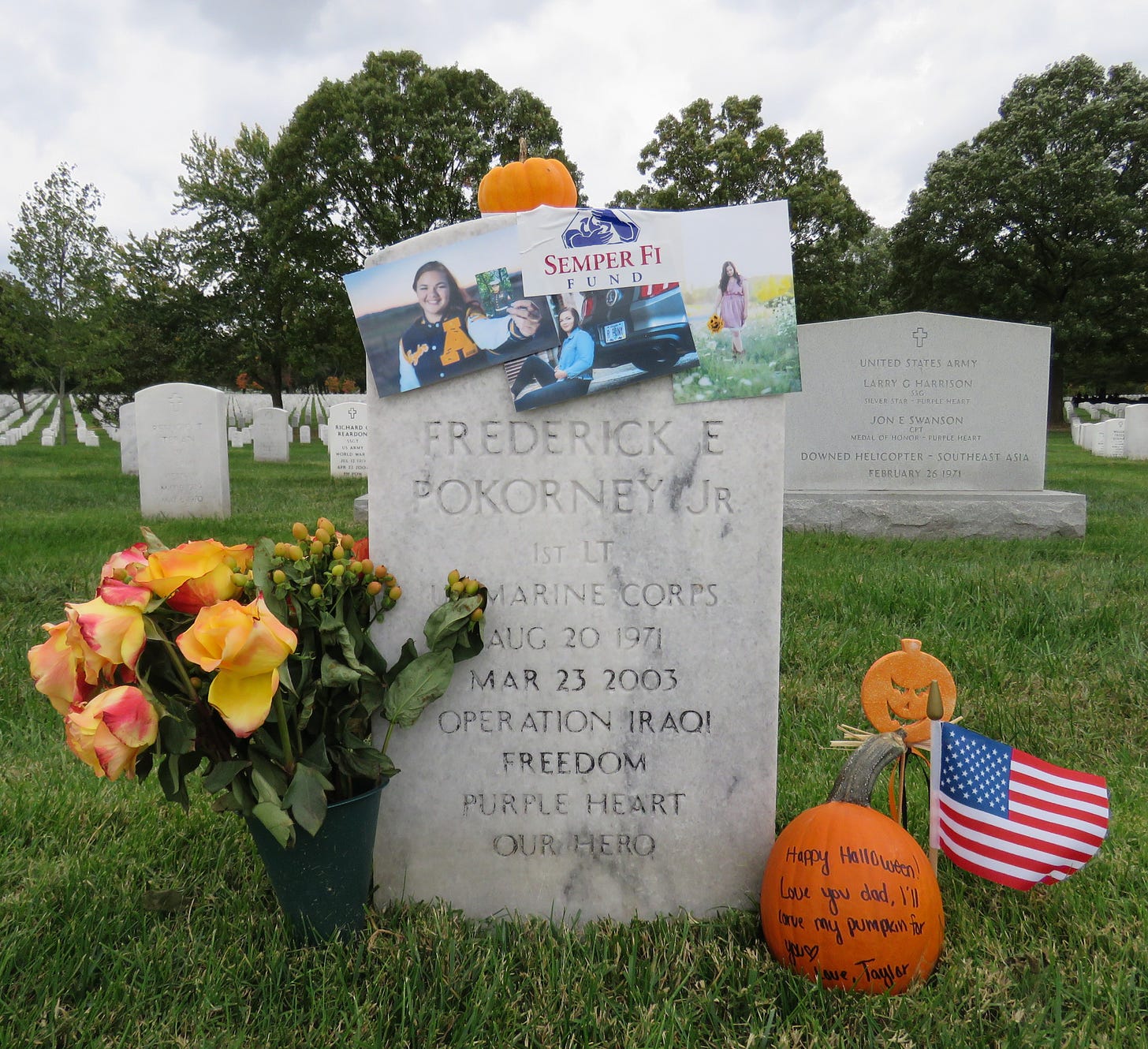The tanks had been ordered to move off on a rescue mission. Survivors of the 507th, a maintenance company, were under heavy Iraqi fire and armor was needed for their protection and evacuation. The tanks, however, were expected to be part of the plan to protect the amphibious assault vehicles of Charlie Company as they ran through Al Nasiriyah’s ambush alley. Originally, all the Marine companies were ordered to circumvent the city proper. But Bravo Company had bogged down in the mud to the east, and Alpha and Charlie suddenly got orders to take two bridges over the Saddam Canal on the north side of the city.
Sergeant William Schaefer of Charlie Company thought he had heard wrong.
“Say again,” he said into his radio.
The orders were repeated. Schaefer had not been mistaken. He, like all the other Marines in Charlie Company, was worried. They felt very vulnerable without the tanks. Their amphibious assault vehicles, known as “tracks,” were made of heavy aluminum, and were susceptible to rocket propelled grenades and artillery attacks. The design of the tracks, which was thirty years old, allowed for protective armor plating to be attached. But there was none available when the Marines arrive for preparations in Kuwait. The Pentagon, and White House’s plans for light, cheap, fast-moving assault, was about to leave the men of Charlie Company unnecessarily exposed to their enemy. Circumstances were also conspiring against the Marines when the tanks were dispatched to rescue the 507th. The tank company had already performed its rescue operations and had returned to the rear for refueling. As it moved up ambush alley, Charlie Company passed burning U.S. and Iraqi vehicles left from the fight to save the 507th’s soldiers.
In one of the vehicles behind Schaefer, First Lieutenant Ben Reid and Second Lieutenant Fred Pokorney were dodging fire from the warren of buildings in Al Nasiriyah. Body parts of Iraqis were strewn across the road in front of the tracks. They saw no one in uniform. Women and teenagers were pointing weapons at the Americans. RPG rounds and machine gun fire poured in from the small structures lining the narrow streets. Pokorney had taken a flesh wound in the arm. The overwhelming diesel smell made the anxious breathing of the men inside their tracked vehicles even more labored and difficult.
After they crossed the bridges over the Saddam Canal, three miles through the city, the battle intensified when they dismounted from their tracks. Close air support appeared, and American A-10 Thunderbolts, the Warthog jets were dropping bombs on enemy locations while strafing other positions. An Iraqi RPG, however, hit close enough to Ben Reid and three of his men that two of them were instantly killed, and a third, Fred Pokorney, was laying immobile, possibly also struck by the incoming fire. Reid, who had been knocked into unconsciousness, got up slowly and discovered the two had fatal injuries. He did not turn over Pokorney, assuming he had suffered the same fate. But there were no external signs of massive, fatal trauma.
Before Reid went for help, he told one of his injured men, Jose Garibay, to keep everyone located in one spot. Reid began to run and an explosion ten to fifteen feet in front of him, threw the young lieutenant into the air. When he landed, Ben Reid was staring at the dirt and saw a lot of blood dripping from his face onto the ground.
“I was scared,” he said. “I thought that was it for me. I almost stayed where I was. I thought about it, anyway. But I got up and continued to run toward the track.”
In the back of the track, Reid found two of his men, Elliot and Trevino, breaking out packs of ammo. He issued them orders to move to where Garibay and the rest of the wounded were waiting for assistance. They were to get the wounded to the battalion aid station south of the Euphrates River, back through ambush alley. Reid jumped out of the track, and looked to the north, trying to see the two mortar crews he had placed in that spot. They were gone. He had no idea where.
“I felt really alone,” Reid said. “Then I looked south and saw some guys down by the canal in the prone.”
Small arms fire and RPG rounds were filling the air around Reid. He decided to return to Garibay and the wounded troops and give them orders to retreat. Reid crouched as he ran down to the canal to tell Garibay a track was coming over to pick them up and get everyone to the battalion aid station. His orders to Garibay were to load all the wounded, no matter how much it hurt. Reid intended to find some help for Garibay and his injured men.
He moved in the direction of the Marines he had seen lying along the canal. An explosive thud of some kind knocked him backward slightly. Reid said he didn’t think anything of it. His gunnery sergeant and several other Marines were staying low, off the elevated road, to avoid being hit by intensifying Iraqi fire. Reid, who must have seem disoriented, and in shock, was pulled to the ground by Gunnery Sergeant Blackwell.
“See if my eye is still in my head,” he asked Blackwell.
“Yeah, I think so. Looks like it.”
Initially, none of the troops recognized Reid. The Marines broke out their first aid kits and began to treat the lieutenant.
“I guess I started doing a sanity check on myself,” Reid said. “I realized I had no Kevlar or mask, guess they had been blown off. I also had lost my maps and binos. Don’t know what happened to those. I noticed right then they [Blackwell and other Marines] were worried about something.”
The gunnery sergeant saw the A-10 first, according to Reid. The jet, designed for close combat support, made a strafing run along the canal and elevated road, and opened up with its 30-millimeter cannon, which are capable of firing 3900 rounds per minute.
An American aircraft was suddenly firing on American Marines.
“It’s the first time any of us have been in combat, sir,” Ben Reid told me. “And remember, we don’t train together [with Air Force]. They probably thought we were an enemy mechanized force. They probably saw our injured going south through the city, and assumed we were Iraqis. I’m not sure.”
The A-10 had made other passes through the area, and Gunnery Sergeant Blackwell and the men gathered with him along the canal were very nervous. Even in his own battered state of consciousness, Reid was aware of that much. He saw the men had “kept their attention focused up in the air.”
“I remember Gunny [Gunnery Sergeant] being very worried about the Air Force support in that area,” Reid recalled.
As the plane made its run, Reid looked in the direction of where he had left his injured troops. They did not get hit by the A-10’s hail of cannon fire because they were gone, evacuated, he hoped, to an aid station. But Fred Pokorney, who might have still been alive, and the two others who had been killed in action, were lying out in the open.
“Fred was not put on a track,” Reid explained. “He was still on the ground and I assume still up in that area. I’m not saying he got hit by the A-10. I don’t know, and I don’t know if he was still alive or not.”
One thing Reid did know, however, when he had looked at Pokorney before running for assistance, was that he did not see any massive trauma to the Marine’s body. At least two published reports suggested Pokorney had been hit in the chest by a rocket propelled grenade. If so, Reid was certain to have seen extensive physical damage to Pokorney. But he did not. Ultimately, Pokorney’s wounds were determined to be so traumatic that his family did not view his body. Much of his torso was reportedly gone, as was an arm and part of his face and head. These are the types of massive wounds Reid was certain to have noticed, if they had happened when the RPG round landed, apparently injuring Pokorney, and killing two others. Since Pokorney showed no visible external wounds when Reid saw him after the RPG explosion, he might have still been alive. He was almost certainly riddled with A-10 bullets as he lay on the ground. Either way, Fred Pokorney who had put himself at risk to call in artillery rounds on a radio with poor reception in a defective military communications network, was now killed in action.
“I saw the A-10 come in from the north to the south,” Reid said. “And I saw it fire up the east side of the road, about 85 meters from where I was with the gunny. I remember seeing the big green tracers skipping off some of the parked tracks. The A-10 also dropped a bomb on a building several hundred meters to the east of us.”
Reid stumbled to the other side of the road and was placed inside of a track for treatment of his injuries. A bullet entrance wound, but no exit, was visible in his shoulder. Reid had no memory of being shot. Captain Dan Wittnam stuck his head in the track where Reid was being bandaged, and ordered the Marines to get back on the east side of the road. Wittnam, along with another Marine, set up with the M249 Squad Automatic Weapons, and then stumbled between their suppressing fire to reach safety. Reid, who said he had a “rough time seeing and was pretty tired,” was helped across the road by Corporal Pedersen. Another amphibious track arrived and Reid was placed in the back with a number of other injured Marines.
All the Marines were in shock from being shot at by their own Air Force.
Wittnam, a 33-year-old who was a Charlie Company commander, said, “The earth went black from dirt being kicked up. And a feeling of absolute, utter horror and disbelief.”
The A-10, though, had not completed its mission. Corporal Jared Martin heard the jet and watched its approach.
“He was low. He was coming right toward us. The next thing I know I’m feeling a lot of heat on my back.”
Martin’s right hand and left knee began bleeding. He had a piece of shrapnel stuck below an eye, and his fingers didn’t feel right, as if they were “just dangling.”
Martin, and Lance Corporal Edward Castleberry, were not far from Lance Corporal David Fribley, who was next to his track.
“I’m turning around and screaming at him, telling him to get in,” said Castleberry, who was the driver of the track. “He was just trying to climb in, he’s got one arm trying to get in, and he just takes a huge round directly through his chest, and it blew out his whole back.”
Twenty-six year old Lance Corporal David Fribley was killed instantly. Flesh and viscera from the fallen Marine flew onto Jared Martin’s clothing.
“I wore what was inside of his body on my gear for a couple of days,” Martin said.
Finally, the tanks that had been dispatched to rescue the soldiers of the 507th Maintenance Company returned to the north bridge over the Saddam Canal and began firing their 12-millimeter cannons at the Iraqis. Malfunctioning pumps had delayed their refueling, which was cut short when word came that Charlie Company was pinned down in a firefight. The armored tanks with their big guns, the weapons that were originally supposed to protect Alpha and Charlie Companies as they took the bridges over the Saddam Canal, had, at least, showed up to help some of them escape with their lives.
The Iraqi attack was suppressed, and helicopters were allowed into the area to medevac the wounded. Lieutenant Ben Reid, who had been lying in the back of the track for thirty minutes and talking to other injured soldiers, vaguely remembered being loaded onto a CH-46, the giant twin rotor helicopter that took him back to a shock trauma hospital in Jalibah. The bodies of the dead, including Lieutenant Fred Pokorney’s, were removed after the wounded.
Pokorney’s father, Wade Lieseke, will tremble with anger as long as lives.
“I’m not an emotional person on a lot of things,” he said. “But this is just such total bullshit. This is just such a horrible waste, and it didn’t need to happen, and that’s the frustration of this. He’s a young man who didn’t need to die. We didn’t need to waste all his talents on fuckin’ Iraq, and he’ s blown to bits.
Sheriff Wade Lieseke and Daughter Christina at Fred Pokorney’s Funeral
“But that’s the worst memory, knowing how he died. This beautiful person that we knew, was blown apart, literally blown apart, and for what? He died that horrible death and left all these things behind, his beautiful daughter, his beautiful wife, a life that would have been nothing but success. They’d had a good life, and now there’s nothing.”
Lieseke snapped his fingers.
“And now it’s over.”
Everything had ended for Fred Pokorney Jr., and brutally. But for his family, the horror of George W. Bush’s war was just beginning.
“Fred died a hero,” Wade Lieseke said. “But he’s still dead.”
And as he had requested of his wife Chelle, Fred rests now at Arlington National Cemetery, in a field of stone.






Thank you for your beautiful writing, Jim. I am especially moved by stories of soldiers and sailors and pilots who have fought in wars and experienced the mayhem and if they come home physically in tact, they are rarely fully psychologically intact. My dad, served several tours in Vietnam as I’ve said before, two brothers served combat duty in our Middle East wars, my son served in war zones in the Persian Gulf, and now I have two nephews in military service. I can’t finish reading your article, not because it isn’t excellent and important, but because I can’t see through the tears. I cannot watch war movies either. I tried the other night to watch the new “All Quiet on the Western Front,” but couldn’t get through the first 10 minutes. But thank you for writing the life stories of those who served and those who perished. It’s important work.
Really great, honorable telling of this story, Jim. Of one thing I do have confidence, to our national shame, we will never learn.